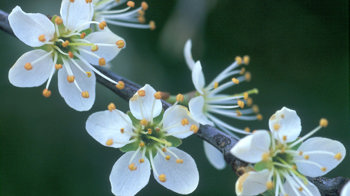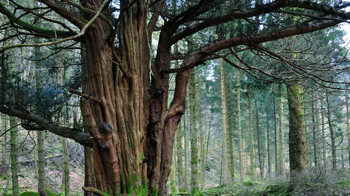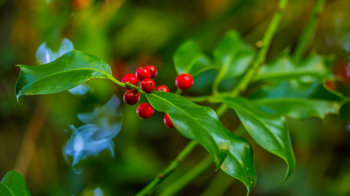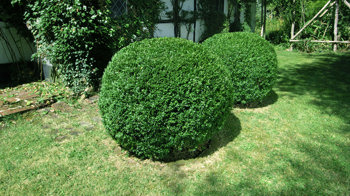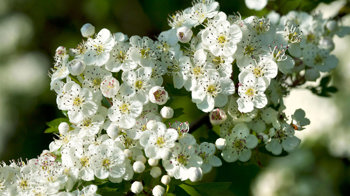
Hedgerows
Vital features in the landscape, hedges are more than an essential refuge for wildlife. Small but mighty, they also clean our air, capture carbon, reduce flooding and give clues to historic land management.
What is a hedgerow?
A hedgerow includes both the hedge and features such as banks, trees, walls, fences and gates. It may be ancient or newly planted, with a single species or many, and everything in between. It's estimated that 40% of UK hedges (95,000 miles) are ancient and or species rich.
Hedges fall into two categories:
- 'managed', so that trees no longer take their natural shape
- 'relict', where trees were planted as hedges but are no longer managed.
Often planted as boundary lines around areas like farm fields or gardens, hedges are much more than useful dividers. Culturally and historically important, they are teeming with life, provide landscape-scale connectivity and make an immense contribution to halting biodiversity decline and tackling climate change.
Key features
Hedges come in a variety of shapes and sizes and can include many different species. Rural hedges are often a mix of shrub and tree species, such as hawthorn, blackthorn, hazel, ash and oak. In more urban and landscaped settings, they are likely to include species like box, yew, privet and holly.
Wildlife
Hedges are an important wildlife habitat in their own right - as the most widespread semi-natural habitat in the UK, they support a large diversity of flora and fauna. They make a great shelter and their flowers, berries and nuts are a vital food source for invertebrates, birds and mammals. Hedges with full size trees are even better for wildlife.
There are 130 Biodiversity Action Plan species closely associated with hedges including lichens, fungi and reptiles. Many more use them for food and shelter during some of their lifecycle. Bank vole, harvest mouse and hedgehog all nest and feed in hedgerows alongside birds including blue tit, yellowhammer and whitethroat, while bats use them as ‘commuter routes’ for foraging and roosting.
As well as providing food and shelter, hedges help species to move through our landscapes from one habitat patch to another. These wildlife corridors are vital for species like the rare hazel dormouse which struggle to cross large open areas like farmed fields.
Explore hedges
With half a million miles of hedgerow in the UK, you probably won't have to go far to spot one. Look for them criss-crossing countryside and farmland, in landscaped gardens, and in private gardens and public spaces where you live.

Credit: Charlie Mellor / WTML
Threats
Hedge numbers have declined rapidly in the last century. Around 118,000 miles of hedgerows have disappeared since 1950, due largely to intensification of agriculture. The loss has slowed since the 1990s, but neglect, damage and removal remain significant threats.
Management isn't standardised and some practices can be more damaging than others. Agricultural chemicals spread right up to the hedge foot and heavy or badly timed cutting can lead to physical damage and reduce the benefits to wildlife, people and climate.
In England and Wales, some hedges are protected by law if they meet certain criteria. But the trees within them aren't protected from removal or inappropriate cutting. Hedges in Scotland and Northern Ireland have no protection.
Plant your own hedge
Apply for hedging for your land, school or community, or buy a hedge pack from our shop.
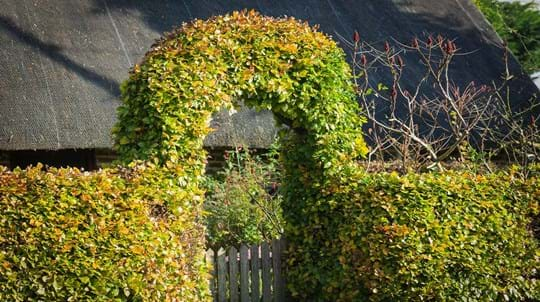
Blog
Best native hedge plants: choose the right hedges
Helen Keating • 23 May 2023
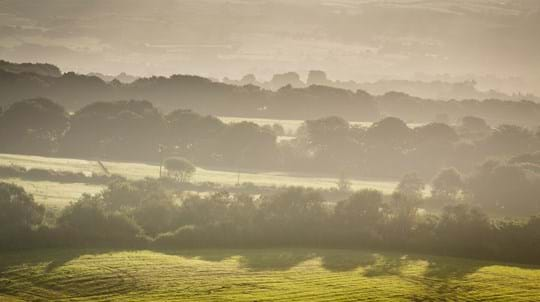
Plant trees
MOREhedges
Our MOREhedges scheme includes saplings, advice and funding for new hedging projects of 100 metres or more.

Plant trees
Free trees for schools and communities
We want to make sure everyone in the UK has the chance to plant a tree. So we’re giving away hundreds of thousands of trees to schools and communities.

Shop
Buy trees from our shop
We have single trees and tree packs to meet your needs, from wildlife to woodfuel. Delivery is free.
External link
Read more
Delve into more detail on the benefits of hedges, how they are managed for wildlife and hedgerow planting and improvement schemes.





